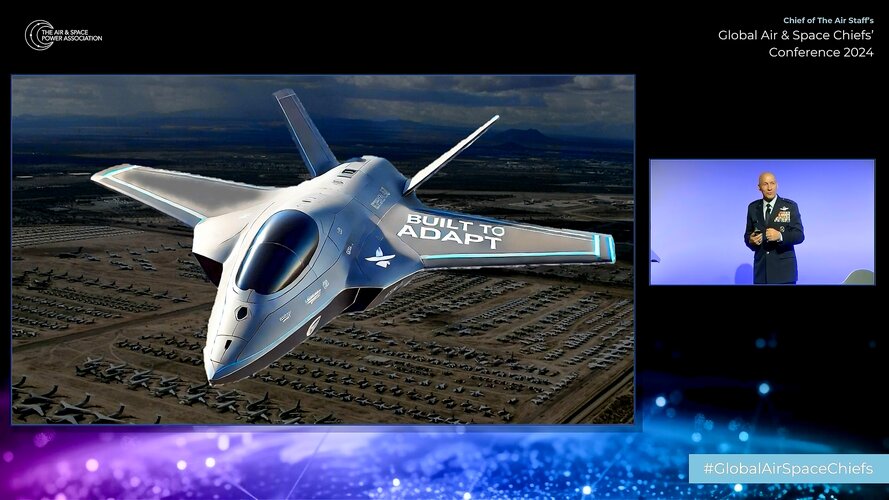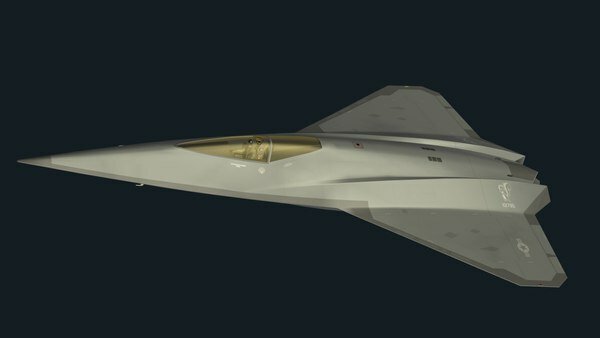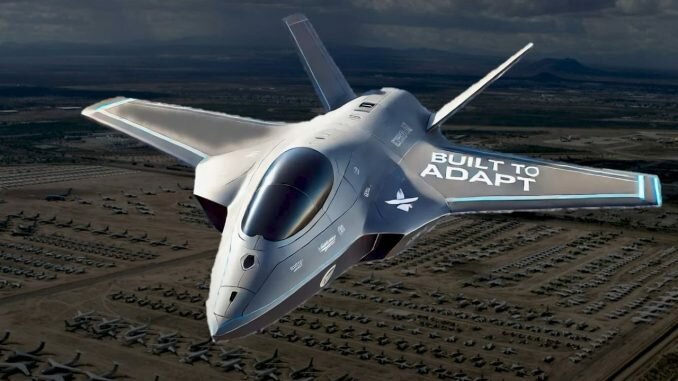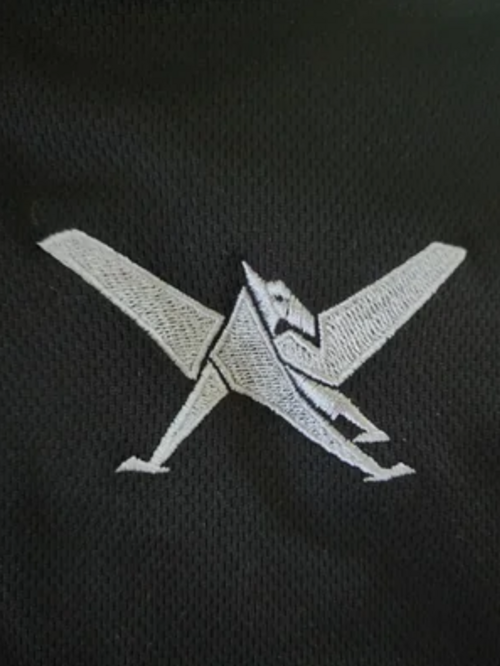https://mitchellaerospacepower.org/episode-196-ngad/
Good high level discussion of the issues surrounding the NGAD platform pause. I am not sure whether the excuse that they are pausing because of some unexplained PLA advancement is valid, but if it is, I think having an engineer running the Air Force is a bad thing. Engineer often want the perfect design and want to tweak and add things along the way. That is where the Navy ran afoul on the new Constellation Class. Warfighters want an 80% solution to deal with the current threat and would prefer to iterate over time like the AF did with the F-16. By the time we figure out how to refocus NGAD to deal with whatever the Chinese have developed, they will have something else that will prompt another pause in a few years. More concerning...have the Chinese got inside of our decision cycle? Are we in reactive mode to maintain air superiority?
CCAs risks being a panacea. We have ample evidence showing the value of manned 4th and 5th gen fighters. The only evidence we have on the value of CCAs are simulations and marketing by unmanned aircraft primes and military leaders. Until proven otherwise, CCAs should be viewed as force enablers for the manned component.
Good high level discussion of the issues surrounding the NGAD platform pause. I am not sure whether the excuse that they are pausing because of some unexplained PLA advancement is valid, but if it is, I think having an engineer running the Air Force is a bad thing. Engineer often want the perfect design and want to tweak and add things along the way. That is where the Navy ran afoul on the new Constellation Class. Warfighters want an 80% solution to deal with the current threat and would prefer to iterate over time like the AF did with the F-16. By the time we figure out how to refocus NGAD to deal with whatever the Chinese have developed, they will have something else that will prompt another pause in a few years. More concerning...have the Chinese got inside of our decision cycle? Are we in reactive mode to maintain air superiority?
CCAs risks being a panacea. We have ample evidence showing the value of manned 4th and 5th gen fighters. The only evidence we have on the value of CCAs are simulations and marketing by unmanned aircraft primes and military leaders. Until proven otherwise, CCAs should be viewed as force enablers for the manned component.




